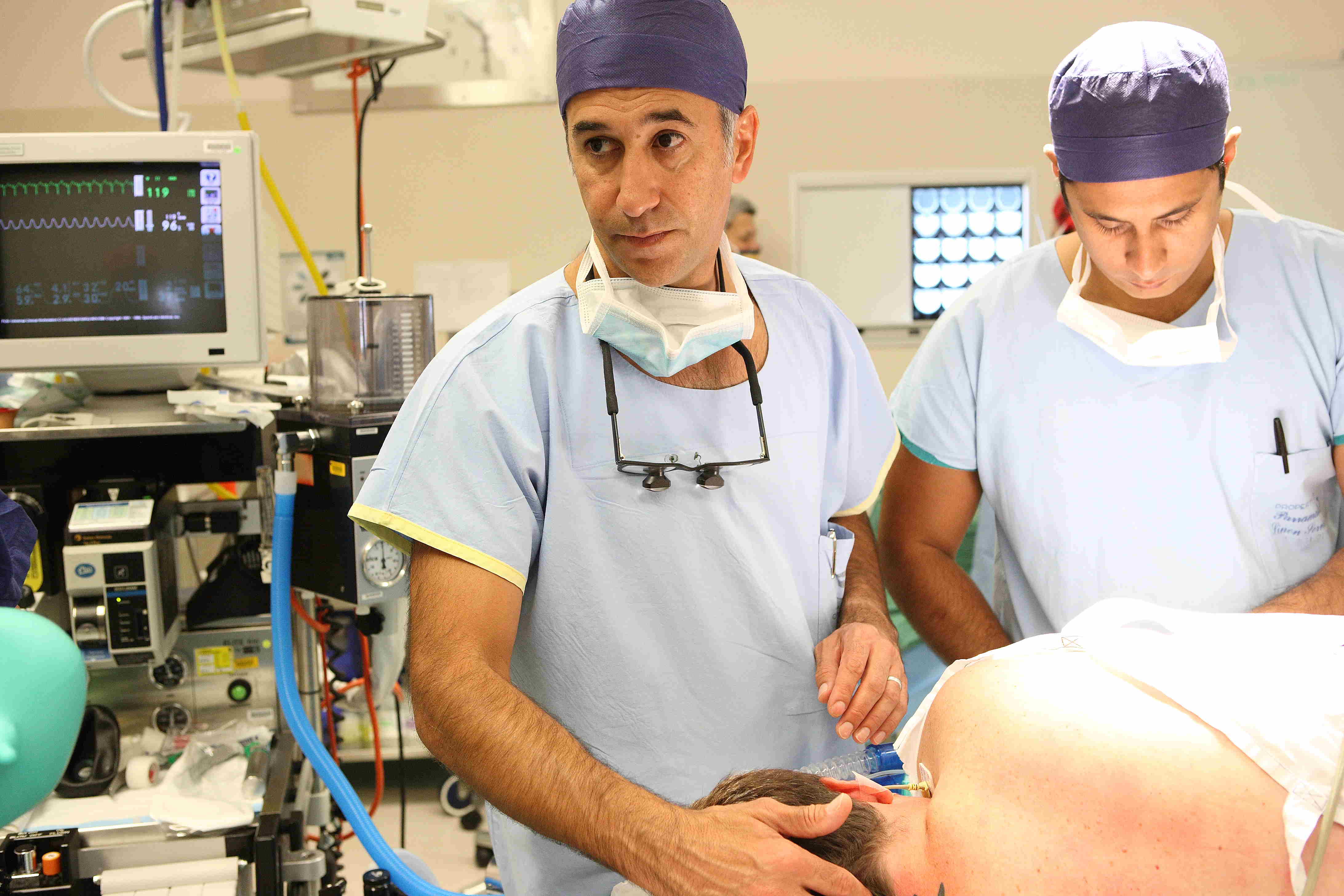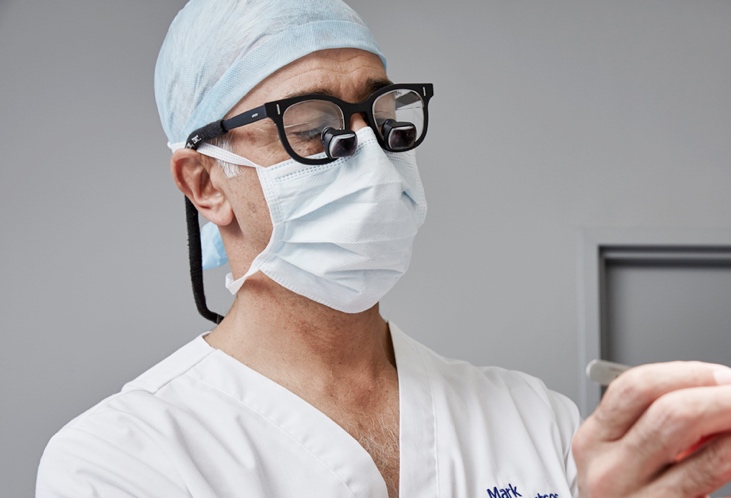Breast Lift
Mastopexy, or breast lift, is a procedure designed to rejuvenate the appearance of the breast most frequently following breast feeding. This so called ‘ptosis’ (pronounced tosus), or droop, can however occur in women who do not have children and have not breast fed.
Most often the procedure is performed in a similar manner to a breast reduction without the removal of breast tissue. The scar is most usually sited around the areola (outer part of the nipple) and in a vertical line from this to the fold under the breast. Sometimes a horizontal scar is added along the fold under the breast and occasionally the scar is around the nipple only.
There are scars on the breast, as described above, which are generally a little red and may become somewhat thickened while they are maturing. This process may go on for some months. In general, once matured, the scars are relatively inconspicuous although not invisible. They are not seen in normal clothing or swimwear.
It is unusual, although not unheard of, to have alteration of sensation in the nipple or breast in mastopexy alone. Where there has been both droop and loss of volume of the breast, the addition of a breast implant is appropriate.
If you have sagging or droop of your breasts following childbirth and breastfeeding, through weight loss or just over time then a breast lift may be a consideration for you. The exact basis for your concern and the best way to achieve your outcome will be discussed at the time of your personalised consultation with A/Prof Gianoutsos.
A/Prof Gianoutsos performs breast lift surgery under general anaesthesia usually as an overnight stay but also as a day surgery procedure. Your anaesthetic will be done by one of the expert and experienced specialist anaesthetists with whom A/Prof Gianoutsos works on a regular basis.
The procedure can be performed using a variety of incisions. A/Prof Gianoutsos may elect to use a periareolar (doughnut type incision around the nipple), a vertical “lollipop” incision or a type of inverted T along with an incision around the nipple. Not infrequently patients also wish to have an implant to give back their volume loss.
Following surgery you will placed into a surgical bra and sometimes a binder. It is unusual for A/Prof Gianoutsos to use drains. You will need to minimize physical activity for 3 to 4 days when you get home. You can shower the day after your surgery and replace the simple dressing yourself each day.
You will usually have one night in hospital after your operation. Where appropriate, A/Prof Gianoutsos may perform your surgery as a day only procedure. If you are not insured, this can be a less expensive option.
After discharge you will be seen at A/Prof Gianoutsos’ rooms at around 5 days to remove your dressings and place surgical tapes on the incision lines. You will generally be seen again the following week for a check up. You will then be reviewed at around 6 weeks and then six and twelve months.
A/Prof Gianoutsos and his staff are available at any time, however, should you have any queries or concerns.
A/Prof Gianoutsos generally recommends a one to two weeks off work following your breast lift surgery. At this point you will still have some swelling and sometimes some bruising but you will be comfortable to do normal day to day activities. Vigorous upper body exercise should be avoided for around 6 weeks.
At the time you return to see A/Prof Gianoutsos for your first postoperative visit, you will notice the improvement in nipple position and shape of your breasts. You will still have swelling will resolve over around 6 weeks at which point your final result will be seen although subtle changes can occur over a longer period.
All surgery carries at least some degree of risk. These are minimized by ensuring you are as healthy as possible and prepared for the operation, by selecting a properly qualified and experienced surgeon and allowing yourself a proper recovery period. The particular risks as well as the expected perioperative course will be discussed in detail with you at your consultation and you will have the opportunity to ask any questions.

Our Procedures

Our philosophy is to treat all patients as we would be expected to be treated ourselves.
A/Prof. Mark Gianoutsos


